Sharp AQUOS Crystal Review
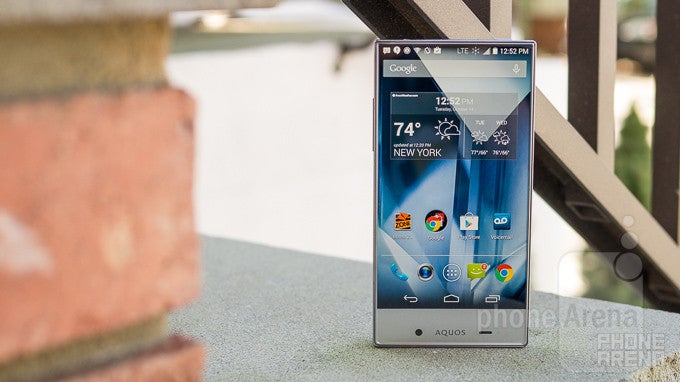
Introduction
Smartphones are becoming thinner, smaller, and more compact for their respective screen size than ever before – the qualities that companies focus on with each successive device they push out. In recent times, we’ve been introduced to the notion an “edgeless” display, where the gap surrounding the area outside of the display is reduced significantly to make it appear that that the display truly extends all the way to the edges. Sharp isn’t regarded as a premier player in the space, but its brand new AQUOS Crystal smartphone is undoubtedly turning heads with its amazingly engineered edgeless display. Coming with unique design and low cost make it one very interesting phone, so let's see how good it actually is.
The package contains:
- microUSB cable
- Wall charger
- Start guide
- Product safety and warranty information user manual
Design
Originality rears its head here, thanks in part to that “edgeless” look it’s sporting.
Besides the obvious with its edgeless display, the Sharp AQUOS Crystal etches out a design that’s refreshing unique, and not something that’s similar to something we already know. Instead, it sports a hard lined styled body design with what appears to be a metal trim bezel, which makes it feel solid in construction, despite its mostly plastic housing. At the same time, we have to applaud Sharp’s engineers for somehow trimming as much fat out of this phone – making it one extremely compact phone for its 5-inch display. To put this into perspective, the 4.7” iPhone 6 has the same width, but is longer, while the HTC One M8 which also houses a 5” screen has 17% larger footprint. The Crystal has record screen-to-size ratio of 78.26%, while most flagships offer about 70%.
Unlike its contemporaries, its power button is situated along the top right corner. Usually it’s placed along the right side for easier access, but seeing that it flaunts one compact chassis, we’re able to comfortably reach it with our finger. Looking around its metal trim bezel, it houses the usual set of ports and buttons – like its volume control, microUSB 2.0 port, microphone, and 3.5mm headset jack.
Interestingly, though, in order to achieve its unique “edgeless” quality, Sharp places the front-facing camera, light & proximity sensors, and notification light along the bottom edge of the display. And yes, there’s no earpiece speaker in this, but it instead employs a direct wave receiver that vibrates the entire screen to produce sound – similar to the bone conduction technology we’ve seen implemented by other phones.
Display
Edgeless takes a profound leap here, one that goes above and beyond what others have done previously.
For a company that’s most notable for its line of high-definition AQUOS televisions, we’re absolutely blown away by the display of the Sharp AQUOS Crystal – a 5-inch 720 x 1280 LCD panel (294 ppi). On paper, it’s nothing spectacular, especially considering that we’re in an age of QuadHD screens, but it’s marvelous for its “edgeless” design. Well, it’s technically not edgeless, seeing that there’s still a thin amount of space surrounding the left, top, and right edges of the display, but for the most part, it trumps what other companies have attempted to achieve thus far.
Beyond that, it’s certainly obvious that Sharp brings its expertise in making television sets to the phone – mostly because it’s sporting some high quality elements with its package. In particular, its color temperature of 6456 K is ideal, and one of the most accurate we have ever measured, almost matching the reference value of 6500 K. This means the white has extremely neutral and realistic look. Gamma is also great at 2.15, very close to the reference 2.2. When it comes to colors, though, it’s not necessarily one-hundred percent accurate, but the measured values for the most part are within the target range.
Interface and Functionality
Sharp doesn’t try to impose its presence in the experience, since it’s running a mostly stock Android interface.
Purists will be glad to know that the Sharp AQUOS Crystal is running a mostly stock Android 4.4.2 KitKat experience. In fact, the only thing that’s not stock is the camera app, which we’ll detail a bit later on. Indeed, the experience is simple and as basic as they come, but it’s accompanied with Sprint’s usual set of customizations and apps. Thankfully they don’t prove to be distracting! One thing that comes to our mind about the experience is how quickly or fast it’ll be treated to future software updates. We can only hope that Sprint and Sharp will be able to streamline the process, to keep it fresh and up-to-date.
Processor and Memory
Eh, it’s effective for basic operations, but struggles to keep solid ground with intensive stuff.
Due to its low cost, it packs along the same piece of silicon that’s used by many other devices of its caliber – a quad-core 1.2GHz Qualcomm Snapdragon 400 8926 SoC paired with 1.5GB of RAM and the Adreno 305 GPU. Superficial tasks, such as navigating across the interface and opening apps are handled in a smooth manner, but it’s not all that great for power operations, so don’t think that it’ll handle gaming that well.
Even though its 4GB of internal storage is a paltry amount for any device, we’re not too concerned because we can supplement its capacity with its available microSD slot.
Internet and Connectivity
Who knows exactly why it’s the case, but the edgeless nature of its display somehow manages to capture our attention while surfing the web. Aside from that, all of the lovable qualities are all present here – such as speedy LTE speeds and mostly responsive navigational controls.
Here in the US, the Sharp AQUOS Crystal is sold as a CDMA-only device through Sprint and Boost Mobile – meaning, it’s not equipped for international usage. Despite that, it’s outfitted set of connectivity features, which include aGPS with Glonass, Bluetooth 4.0, and 802.11 b/g/n Wi-Fi. Sorry folks, it lacks NFC!
Camera
The camera works decently, but we’re most impressed with Sharp’s extensive camera app.
Nowadays, it’s unbelievable that entry-level phones are packing 8-megappixel cameras, which is exactly what the Crystal is packing along. A surprising revelation here is how it’s accompanied with an expansive set of manual controls and shooting modes, which is especially impressive because it really goes above and beyond what we’re usually exposed to on other phones – mainly because Sharp offers these unique guideline modes to help us frame shots perfectly.
Although it’s not on the same plane as some of today’s high-end phone, the Crystal still manages to deliver some respectable looking shots with its camera – and we’re delighted for the most part! Outdoor shots come out pretty decently, despite the subtle saturation in color. Meanwhile, its low lighting performance is tolerable to accept as well, even though it’s noisier.
Unfortunately, it doesn’t perform quite as good with its 1080p video recording. Out of everything, it’s simply just too light with its details – and it doesn’t help either that it has a washed out look.

Multimedia
It’s like as if we’re watching content on Sharp’s line of AQUOS television sets.
With its mostly stock experience, the only music player option we’re given out of the box is the Google Play Music app. Armed with only a single rear-facing speaker, it produces average results that are neither impressive nor disappointing. It manages to churn out a modest 72 dB of power, which is accompanied with a tepid quality.
Thanks in part to the various high-quality of its display, the Crystal is a fantastic choice when it comes to watching videos. That shouldn’t be much of a surprise, considering that Sharp is one of the more prominent players in the television space.
Call Quality
Vibrating the screen to produce audio sounds cool, but the result with phone call quality is disappointing.
Without a traditional earpiece above the display, phone calls are achieved through a direct wave receiver inside of the phone, which produces sound by vibrating the entire screen. Unfortunately, the results are rather disappointing, as it lacks any serious audio power to make it usable under noisy conditions. Even jamming the display closely to our ear can’t take away the subdued tones it delivers.
Battery
Don’t worry, the battery life is excellent with this one!
Call quality is a big miss, but at least battery life is a big win. Carrying along a decently sized 2040 mAh battery, the Sharp AQUOS Crystal produces very good battery life – one that’s able to power us through a solid one-day of normal usage. Even better, it achieves a mark of 7 hours, 51 minutes in our battery benchmark test!
Conclusion
Very few people remember that Sharp is the company behind devices like the T-Mobile Sidekick LX and Microsoft KIN phones. Indeed, those aforementioned devices have been wiped from our memories, but the result is that the company is still trying to build out its reputation in the US smartphone market. Rather than attacking the high-end segment, they opt to focus on the entry-level market instead.
Boasting one attractive outright cost of $149.99 through Boost Mobile, where it’s available as a prepaid model, the Sharp AQUOS Crystal is one of those low-key type of devices that would normally go under the radar with its not so-impressive specs sheet. However, that’s not the case because it manages to be unique for its look – while also proving to be a decent choice for those on an extreme budget. Heck, it manages to trump similar devices, like the new Moto G, when it comes to pricing. Therefore, it’s an excellent option we’re inclined to include when looking for an entry-level model. Moreover, its truly unique design with record screen-to-size ratio is a looker!
Software version of the review unit:
Android Version: 4.4.2
Baseband Version: 01.00.00
Kernel Version: 3.4.0


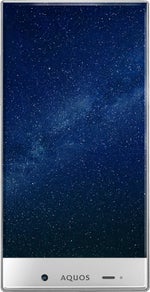
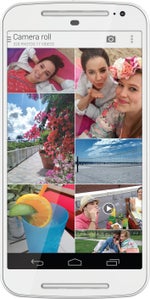

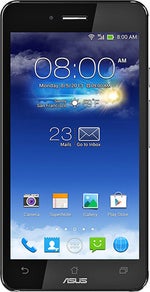

















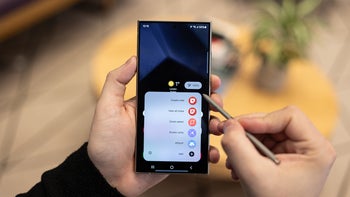
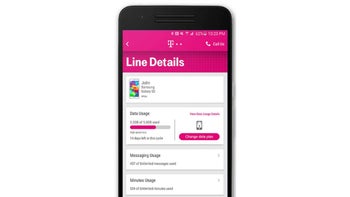

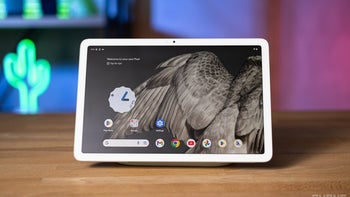


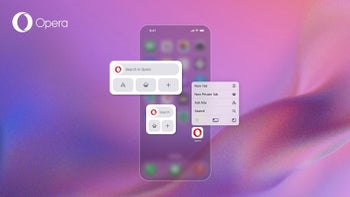
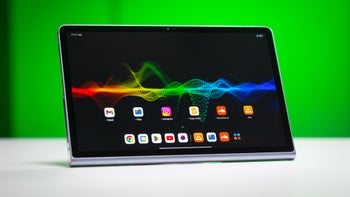
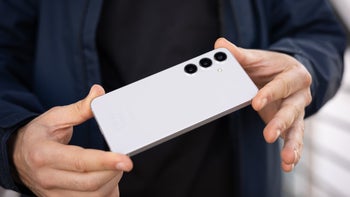
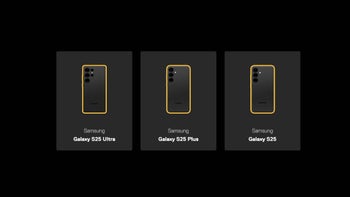
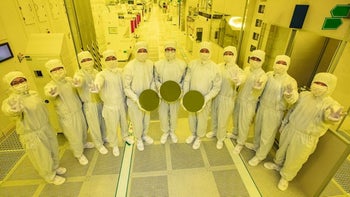
Things that are NOT allowed: